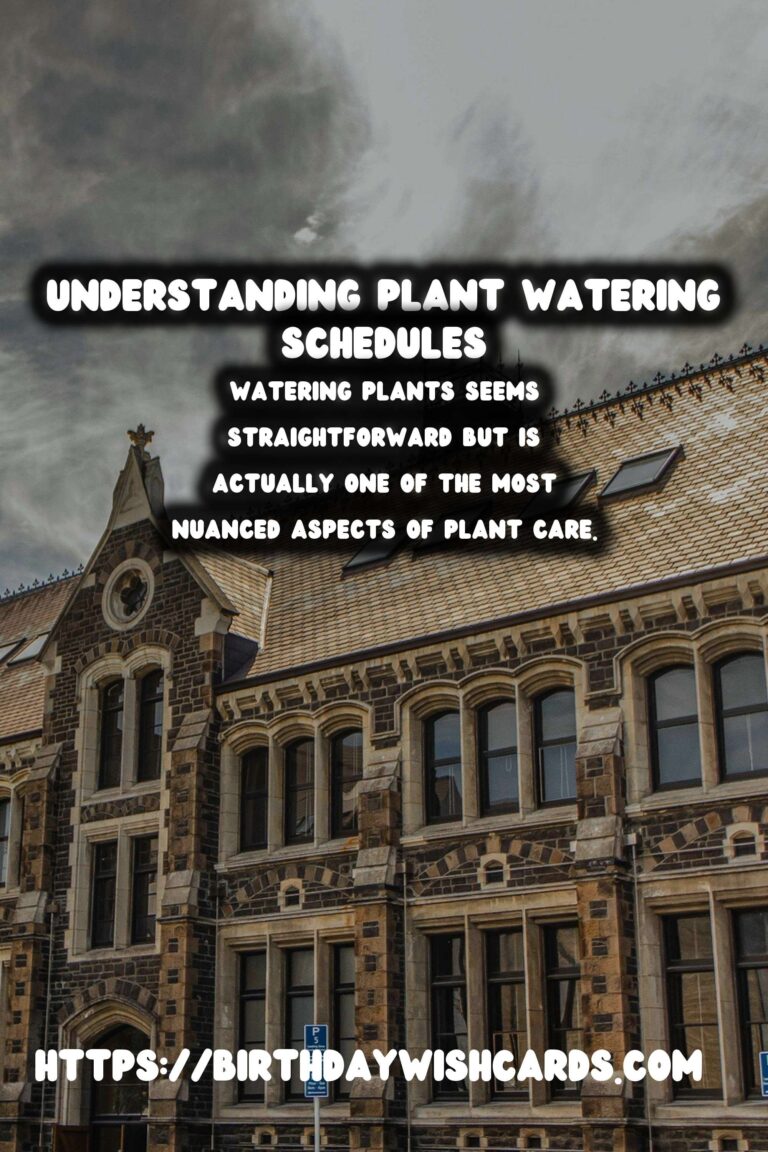
Watering plants seems straightforward but is actually one of the most nuanced aspects of plant care. To nurture a thriving garden or indoor plants, understanding the intricacies of watering schedules is essential. This guide provides insights on how to tailor your plant watering routine effectively.
The Basics of Plant Hydration
Watering serves as one of the fundamental requirements for plant health, influencing growth, photosynthesis, and nutrient absorption. However, not all plants share the same watering needs. Factors such as plant type, size, climate, and potting medium heavily dictate watering frequency and quantity.
Recognizing Your Plant’s Needs
The key to successful plant watering is recognizing the specific needs of your plants. Indicators such as droopy leaves, yellowing, or even soil texture provide essential clues about your plant’s water requirements. Typically, succulents need less frequent watering while tropical plants may require more moisture.
Seasonal Adjustments
Plants’ water needs change with the seasons. During summer, more frequent watering might be necessary due to increased evaporation rates. Conversely, in winter, indoor plants may need less water owing to slower growth rates. Understanding these seasonal shifts can help in avoiding common watering mistakes.
Factors Affecting Watering Frequency
Several elements affect how often you should water your plants. These include:
- Soil Composition: Quick-draining soils may require more watering.
- Plant Type: Drought-resistant plants such as succulents require less water.
- Pot Size and Type: Larger pots hold more water, while terracotta releases moisture quickly.
- Climate: Humidity levels affect water loss rates.
Watering Techniques
Beyond frequency, the method of watering plays a critical role. Overhead watering, while quick, can encourage disease if done improperly. Drip irrigation systems or bottom watering may serve as better alternatives for delivering consistent moisture levels.
Signs of Overwatering and Underwatering
Symptoms of overwatering include wilting despite damp soil, root rot, and the appearance of mold. On the other hand, underwatering signs are parched soil, browning leaf tips, and stunted growth. Identifying these symptoms early can help in adjusting watering practices promptly.
Creating a Personalized Watering Schedule
Establishing an effective watering schedule involves observation combined with environmental consideration. Begin by examining your plant’s condition and soil moisture levels regularly. Over time, you’ll learn how much and how often each plant needs water.
Using Technology to Aid Watering
Modern technology provides solutions to manage watering routines with increased precision. Smart plant sensors and apps can monitor soil moisture levels and environmental conditions, offering convenient ways to perfect your watering schedule.
Conclusion
Mastering the art of watering can yield lush, healthy plants. By understanding the variables affecting water needs and observing your plants diligently, you can fine-tune your watering schedule to suit each plant’s unique requirements.
Watering plants seems straightforward but is actually one of the most nuanced aspects of plant care. Symptoms of overwatering include wilting despite damp soil, root rot, and the appearance of mold. 









#PlantCare #WateringSchedules




